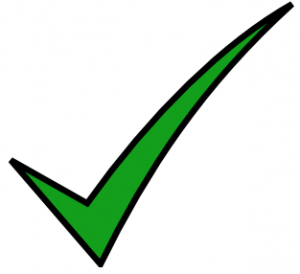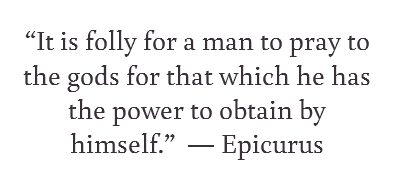We may earn money or products from the companies mentioned or linked to in this post, including Amazon Affiliate links
Self reliance is the ability to provide for you and your families basic needs without outside help. Sadly, most American families rely so heavily on outside factors that they could not be self reliant for more than a few days if need be.
The phrase “The First 72 Is Up To You” is a common slogan used by government agencies when encouraging families to be able to sustain their families for the first three days of an emergency. It is a great spring board for families to start on a road to self reliance. But that is all it is, a great place to start. Being self reliant for longer than that takes a commitment to “prepping”.
For some reason, “prepping” conjures up thoughts of bomb shelters, LDS storage rooms, full solar systems and homesteading farms. Prepping in reality is just planning for longer periods of self reliance. If you are fully prepared with all the water, medical supplies, food, lighting, heating/cooling, and security for 3 days, guess what? You are already a prepper!
The goal should be for every family first to meet the minimum requirements to sustain themselves unaided for at least 3 days. If you can’t confidently say that your family could survive in your home for 72 hours without running water or electricity you need to stop what you are doing NOW and watch this video from FEMA.
While the road to self reliance starts with the above basics it is a long and windy road that never really ends. The more families that are prepared to take care of themselves for the longest amounts of time possible, the less scary our society will be for us all in disaster situation.
The following is an emergency preparedness checklist provided by Ready.gov. Click on the link for a printable version.
Family Supply List
Emergency Supplies:
Water, food, and clean air are important things to have if an emergency happens. Each family or individual’s kit should be customized to meet specific needs, such as medications and infant formula. It should also be customized to include important family documents.
Recommended Supplies to Include in a Basic Kit:
– Water, one gallon of water per person per day, for drinking and sanitation. I have done a lot of the drinking water supply calculations for you.
– Food, at least a three-day supply of non-perishable food
– Battery-powered radio and a NOAA Weather Radio with tone alert, and extra batteries for both
– Flashlight and extra batteries
– First Aid kit
– Whistle to signal for help
– Infant formula and diapers, if you have an infant
– Moist towelettes, garbage bags and plastic ties for personal sanitation
– Dust mask or cotton t-shirt, to help filter the air
– Plastic sheeting and duct tape to shelter-in-place
– Wrench or pliers to turn off utilities. Make sure you know how to drain your water heater.
– Can opener for food (if kit contains canned food)
Clothing and Bedding:
If you live in a cold weather climate, you must think about warmth. It is possible that the power will be out and you will not have heat. Rethink your clothing and bedding supplies to account for growing children and other family changes. One complete change of warm clothing and shoes per person, including:
– A jacket or coat
– Long pants
– A long sleeve shirt
– Sturdy shoes
– A hat and gloves
– A sleeping bag or warm blanket for each person
Below are some other items for your family to consider adding to its supply kit. Some of these items, especially those marked with a * can be dangerous, so please have an adult collect these supplies.
– Emergency reference materials such as a first aid book or a print out of the information on www.ready.gov
– Rain gear
– Mess kits, paper cups, plates and plastic utensils
– Cash or traveler’s checks, change
– Paper towels
– Fire Extinguisher
– Tent
– Compass
– Matches in a waterproof container*
– Signal flare*
– Paper, pencil
– Personal hygiene items including feminine supplies
– Disinfectant*
– Household chlorine bleach* – You can use bleach as a disinfectant (diluted nine parts water to one part bleach), or in an emergency you can also use it to treat water. Use 16 drops of regular household liquid bleach per gallon of water. Do not use scented, color safe or bleaches with added cleaners.
– Medicine dropper
– Important Family Documents such as copies of insurance policies, identification and bank account records in a waterproof, portable container

